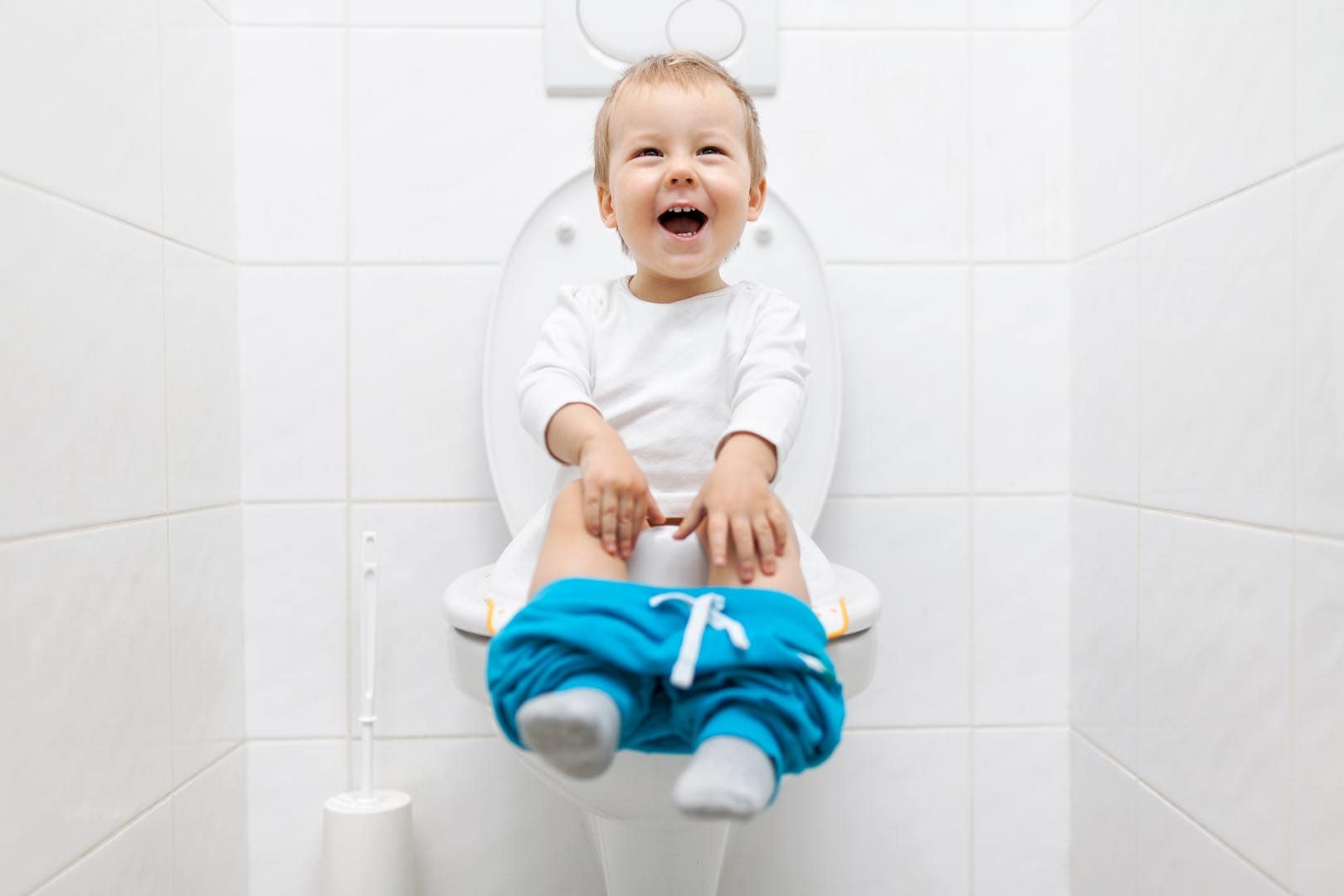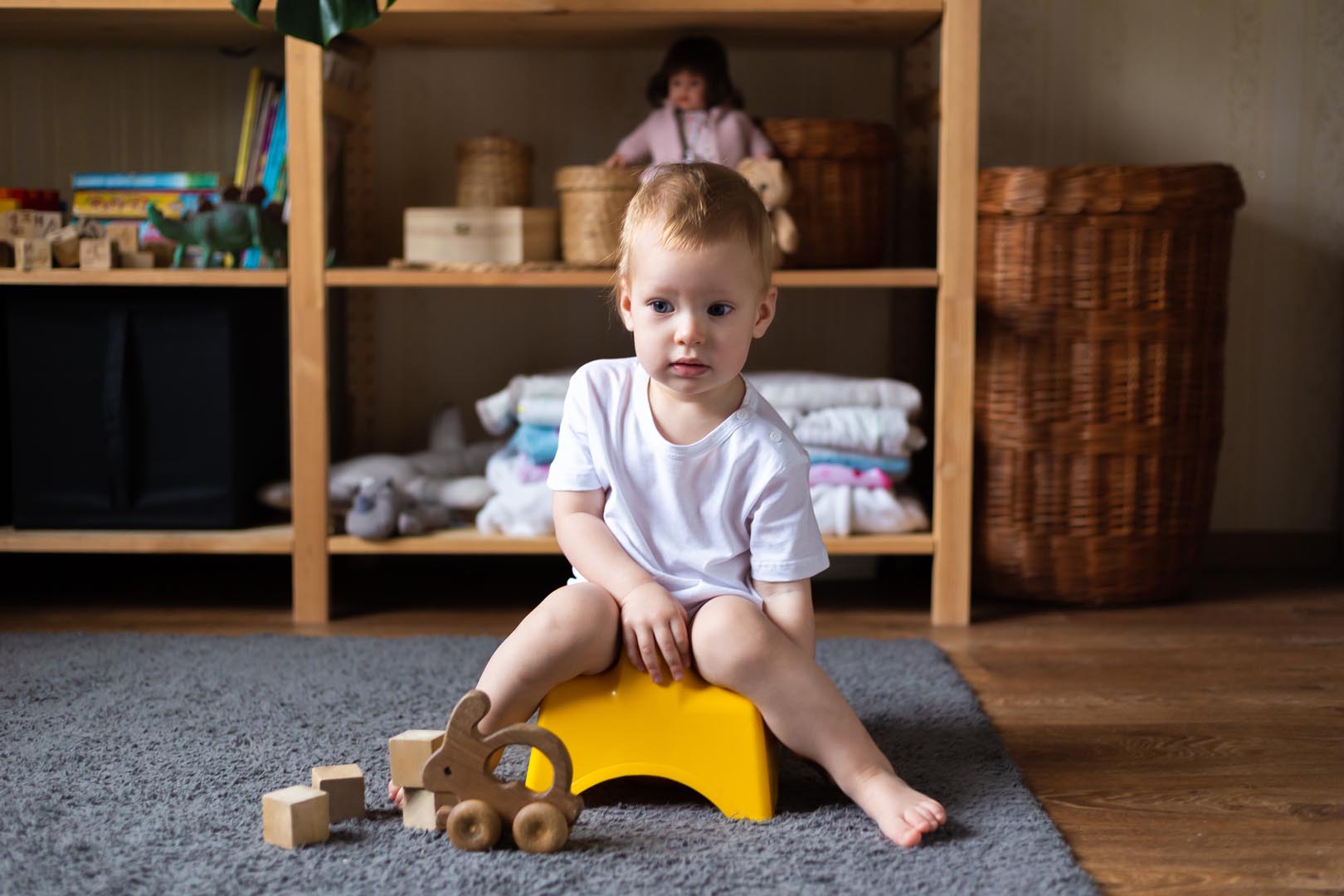Toilet Training- Common and Effective Methods
Are you wondering where to start when deciding how to toilet train your child with autism? We always recommend creating a plan. This will allow everyone involved in the process to know their role and the steps that will allow your child to be most successful in the shortest time. If possible, teaming up with a professional in the field, such as a behavior consultant or behavior analyst, can be beneficial to create a toileting plan and provide ongoing consultation. Special Learning provides virtual consultation to parents that want access to a behavior analyst.
Copyright © by Special Learning Inc. All right reserved.
No part of this article may be reproduced in any manner whatsoever without written permission except in the case of brief quotations embodied in critical articles and reviews. For information, contact Special Learning Inc., at: contact@special-learning.com








